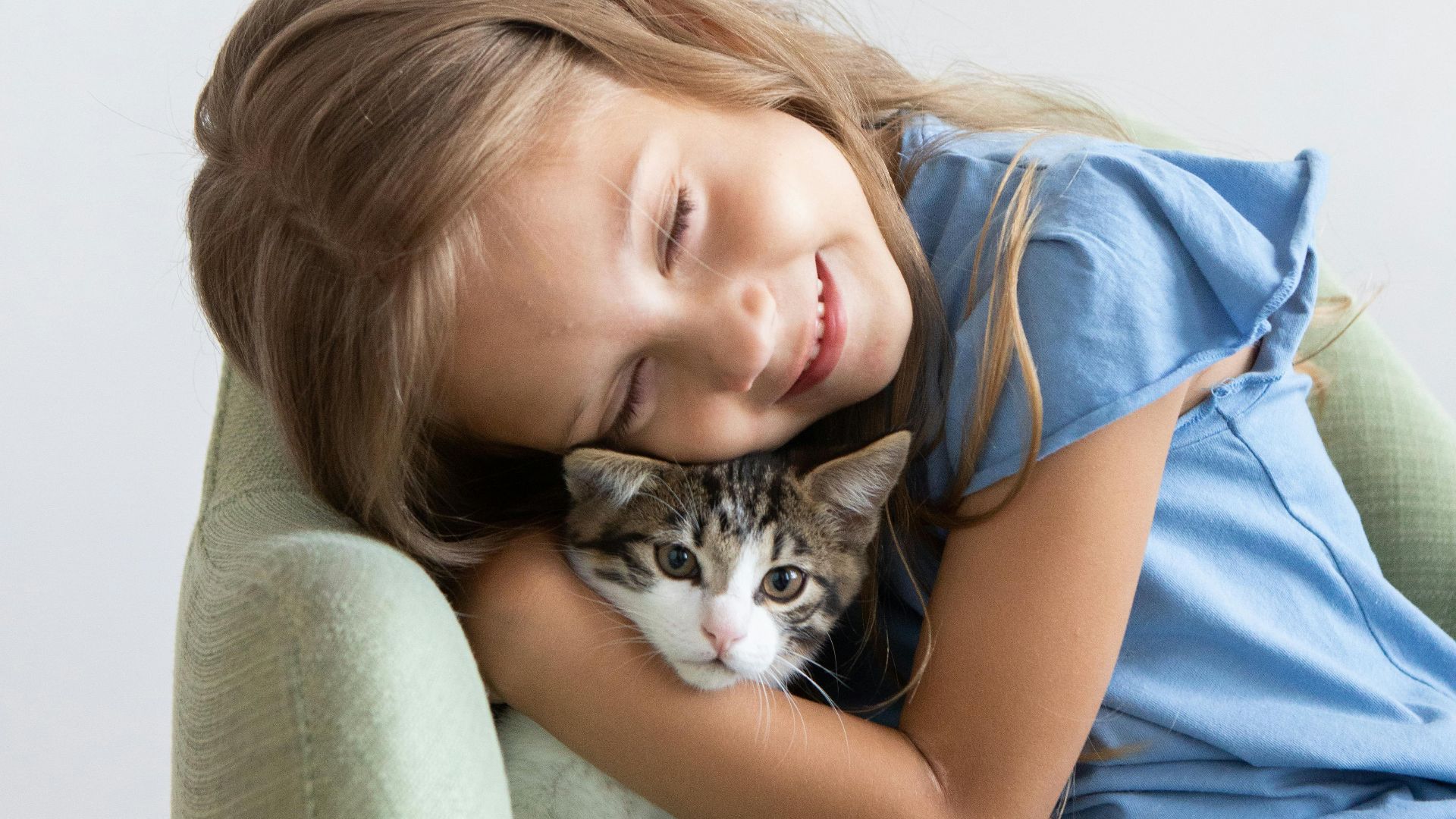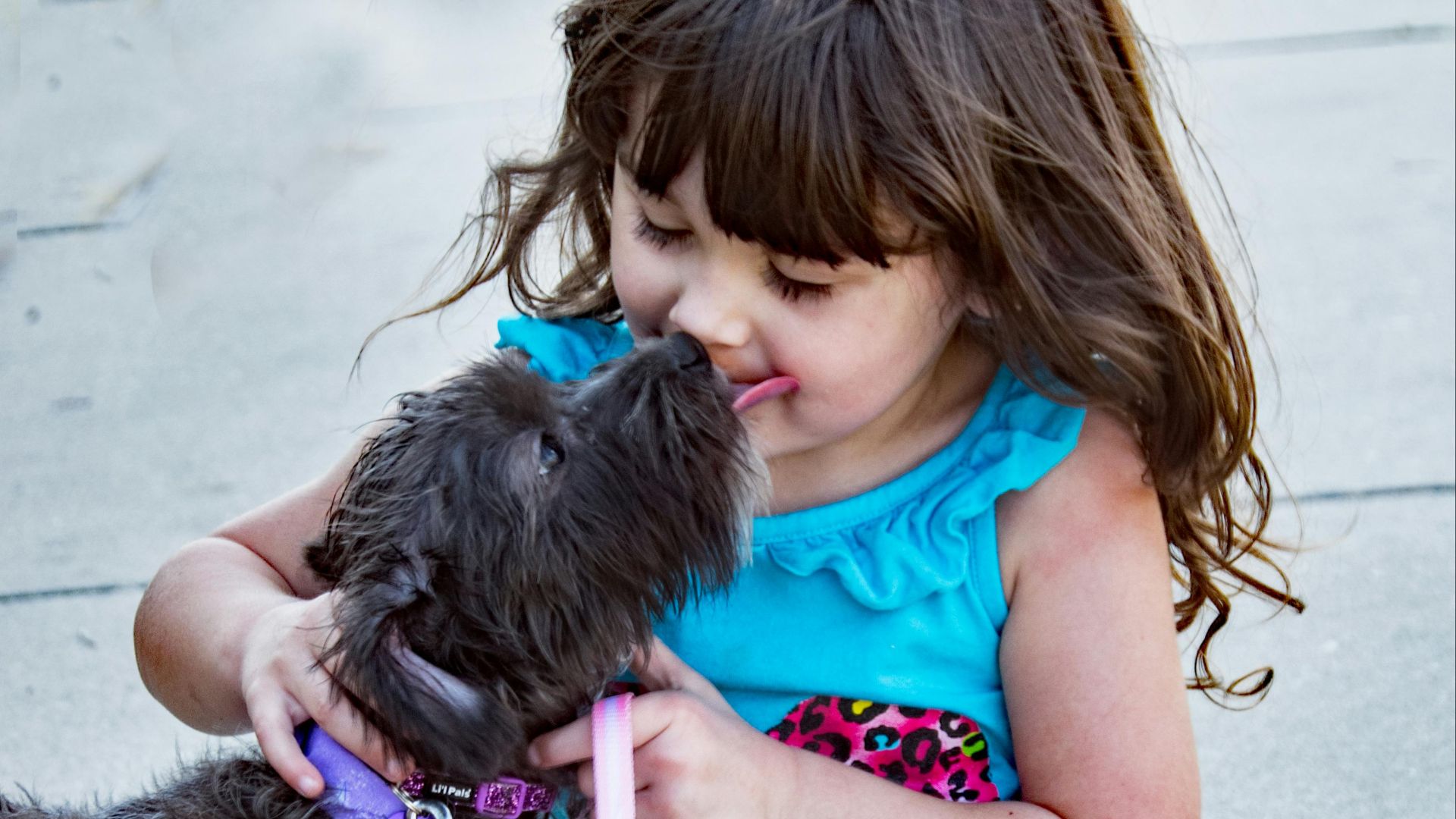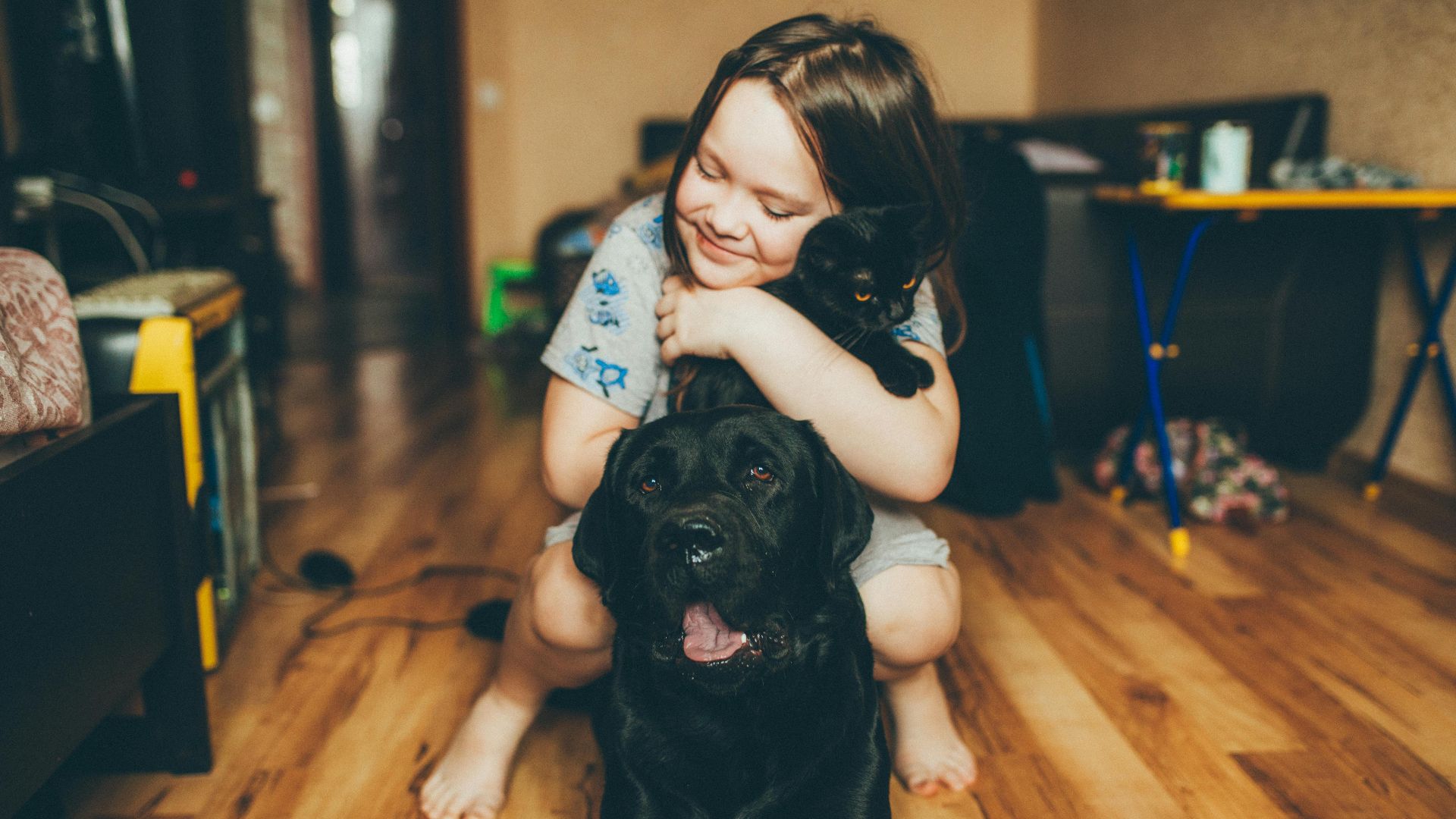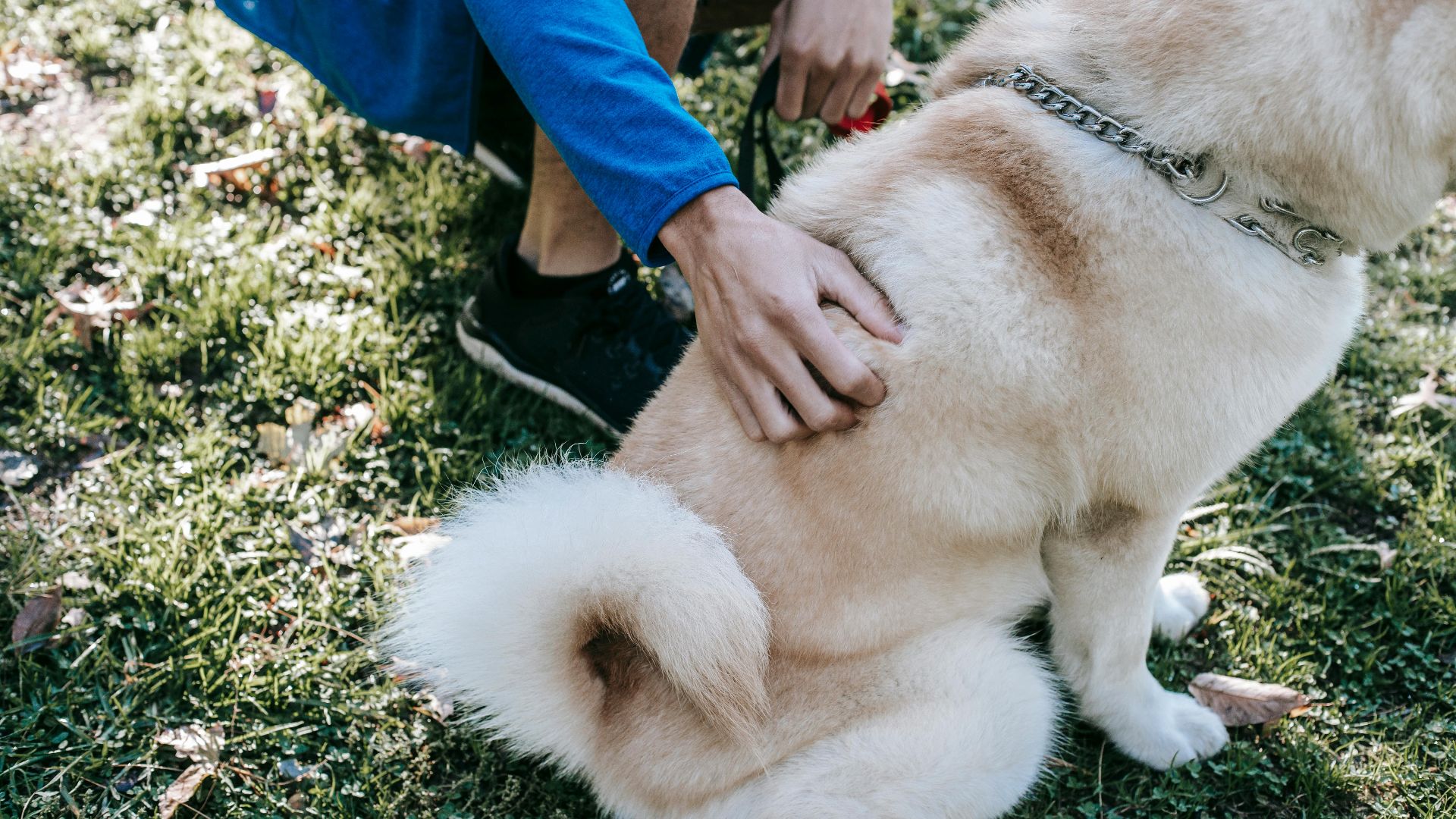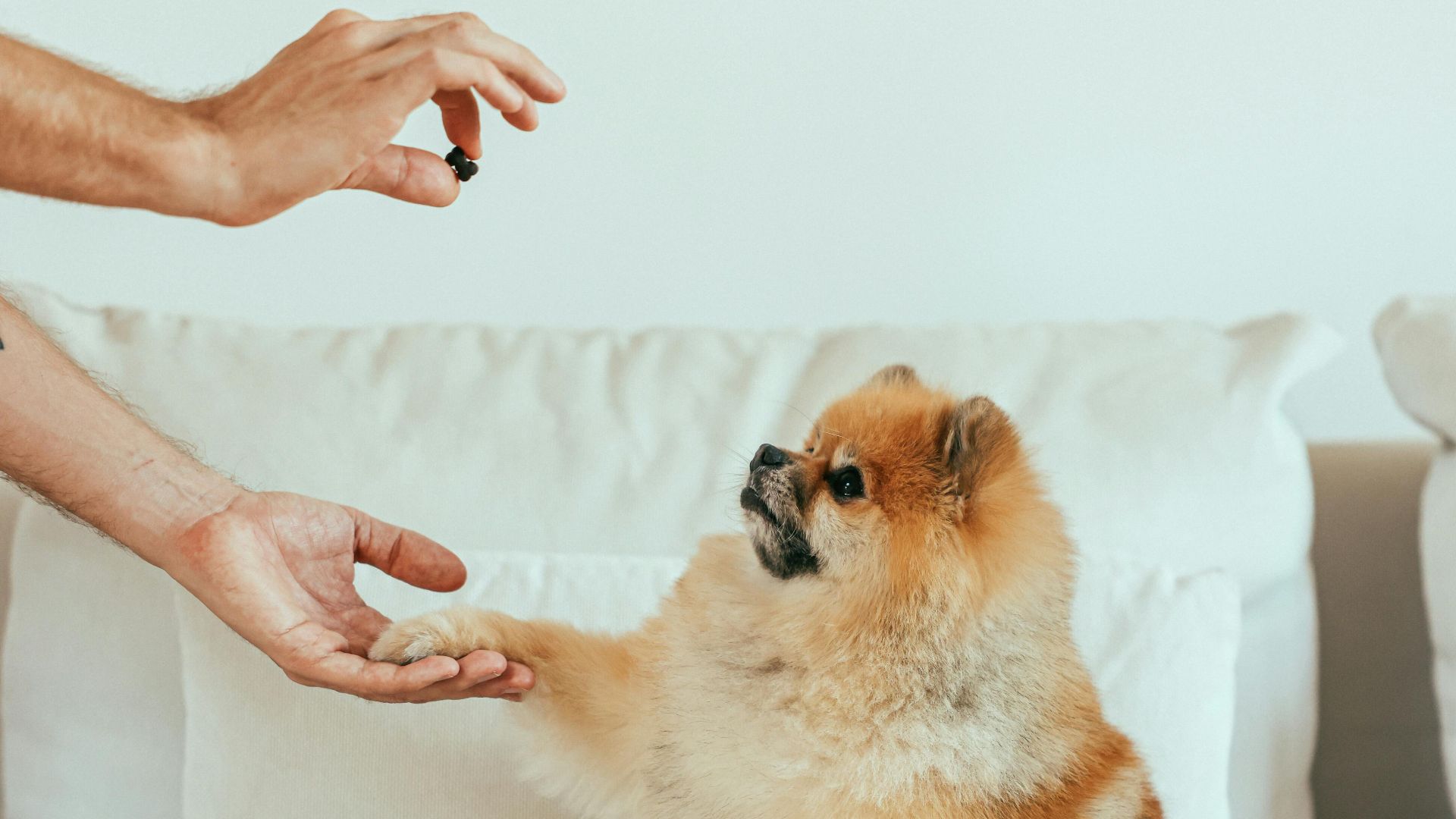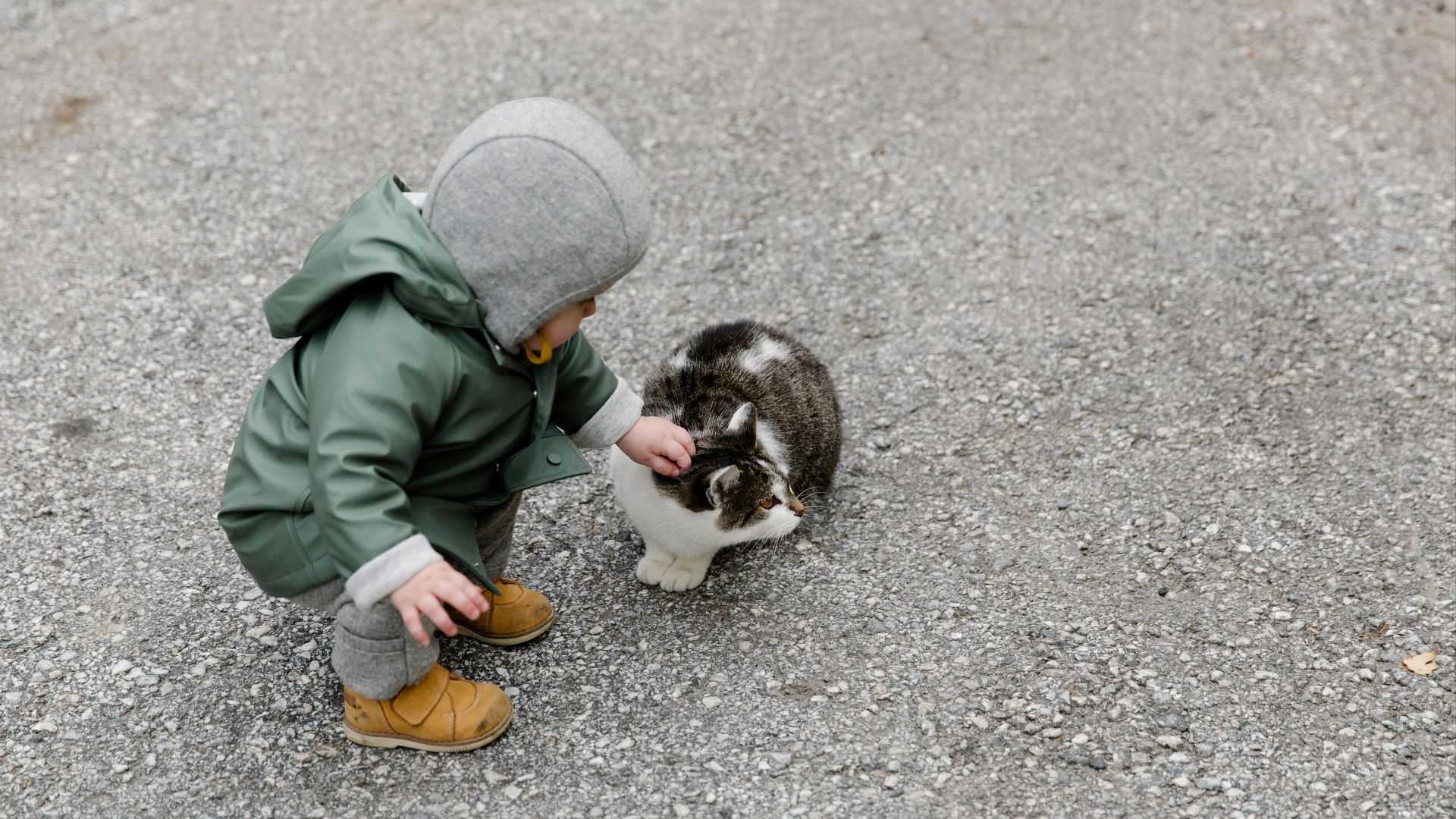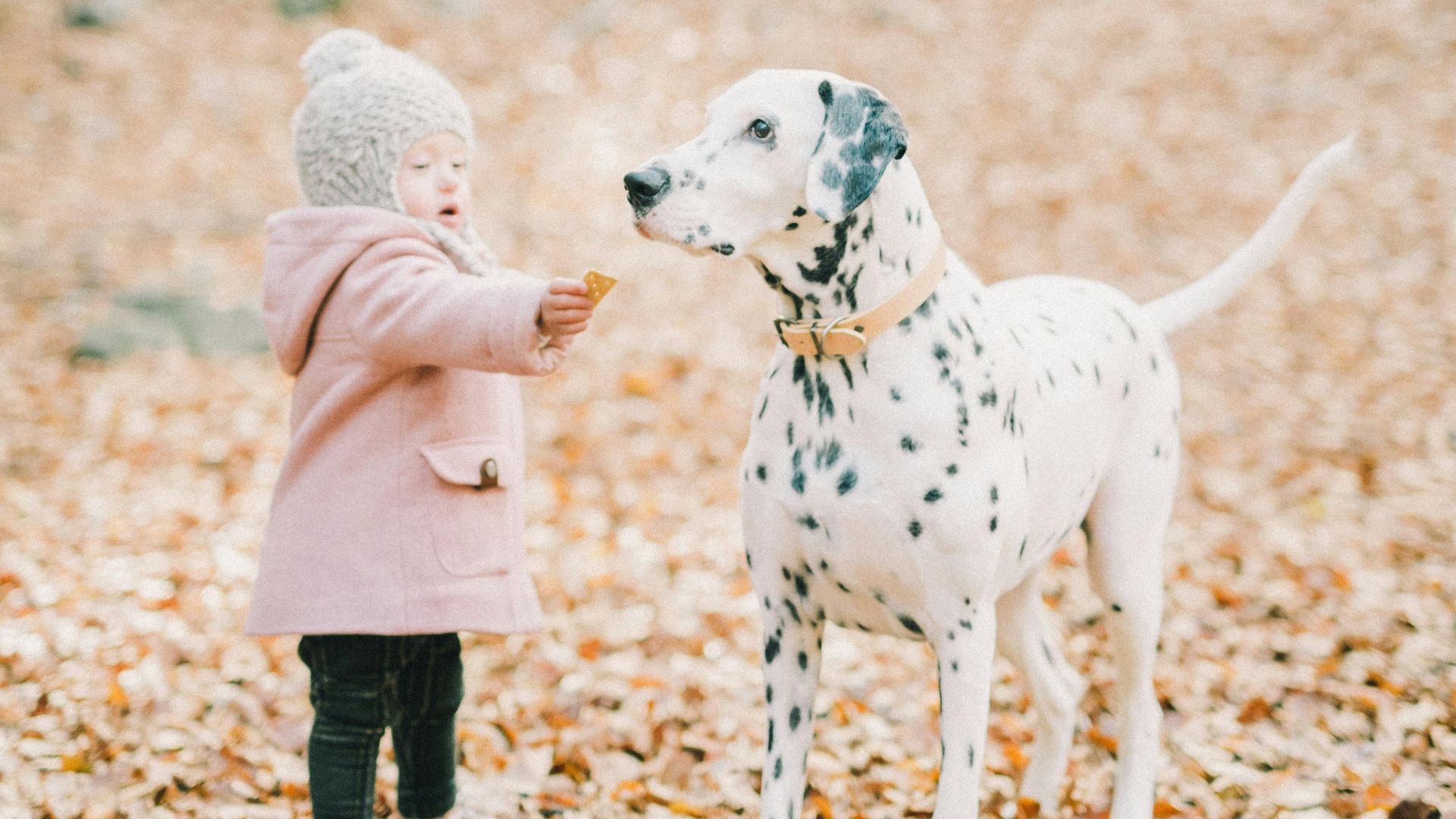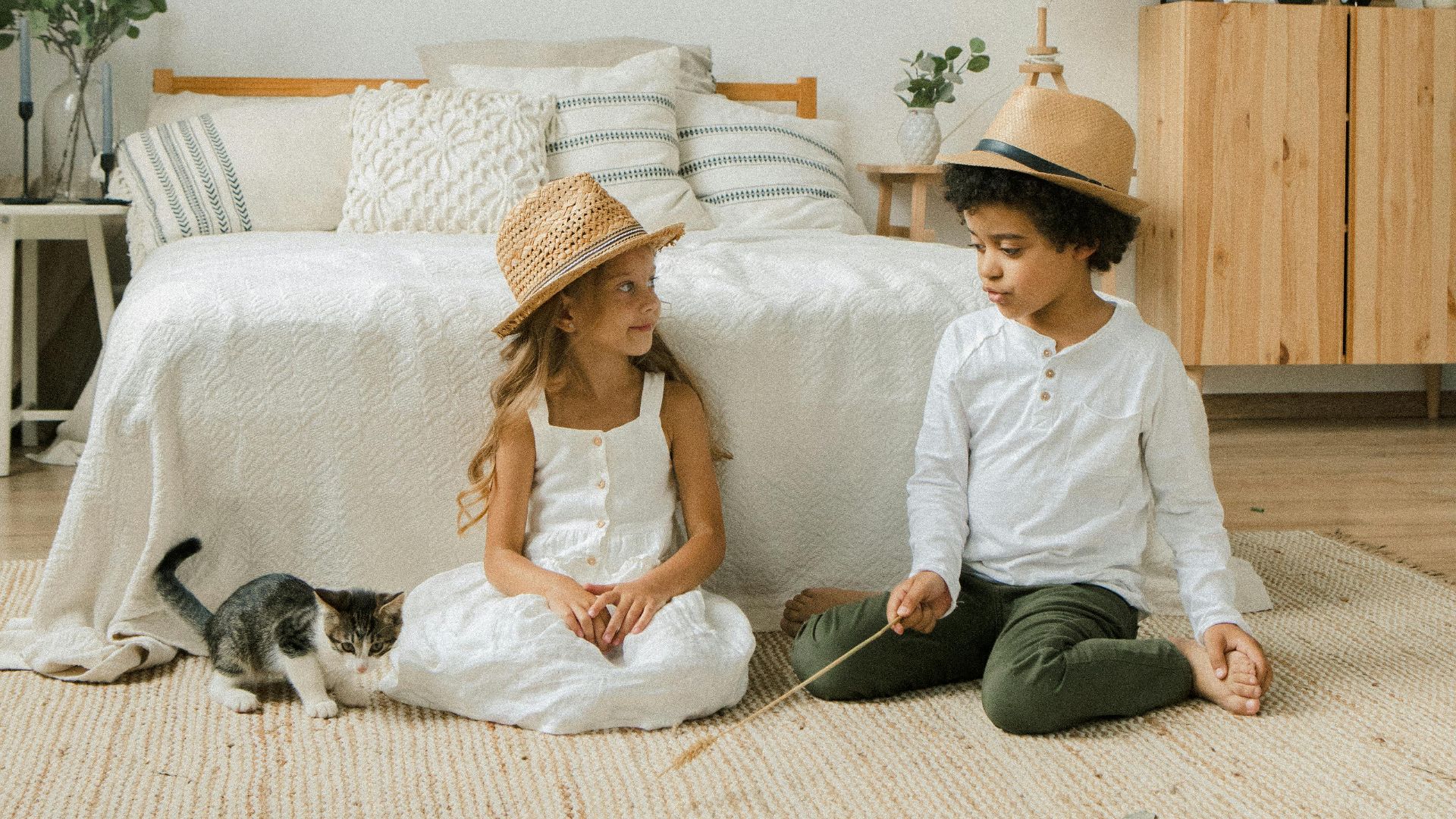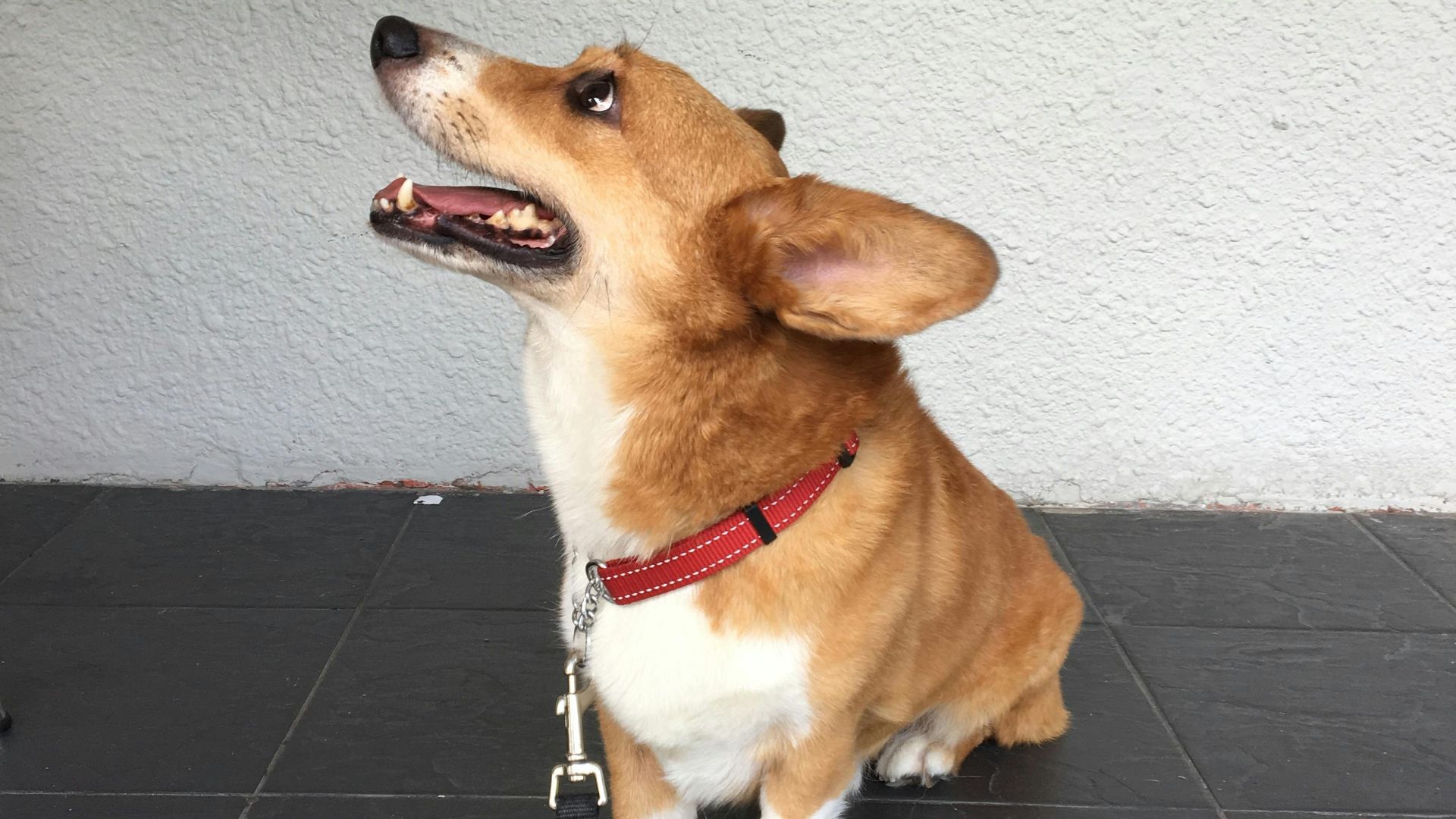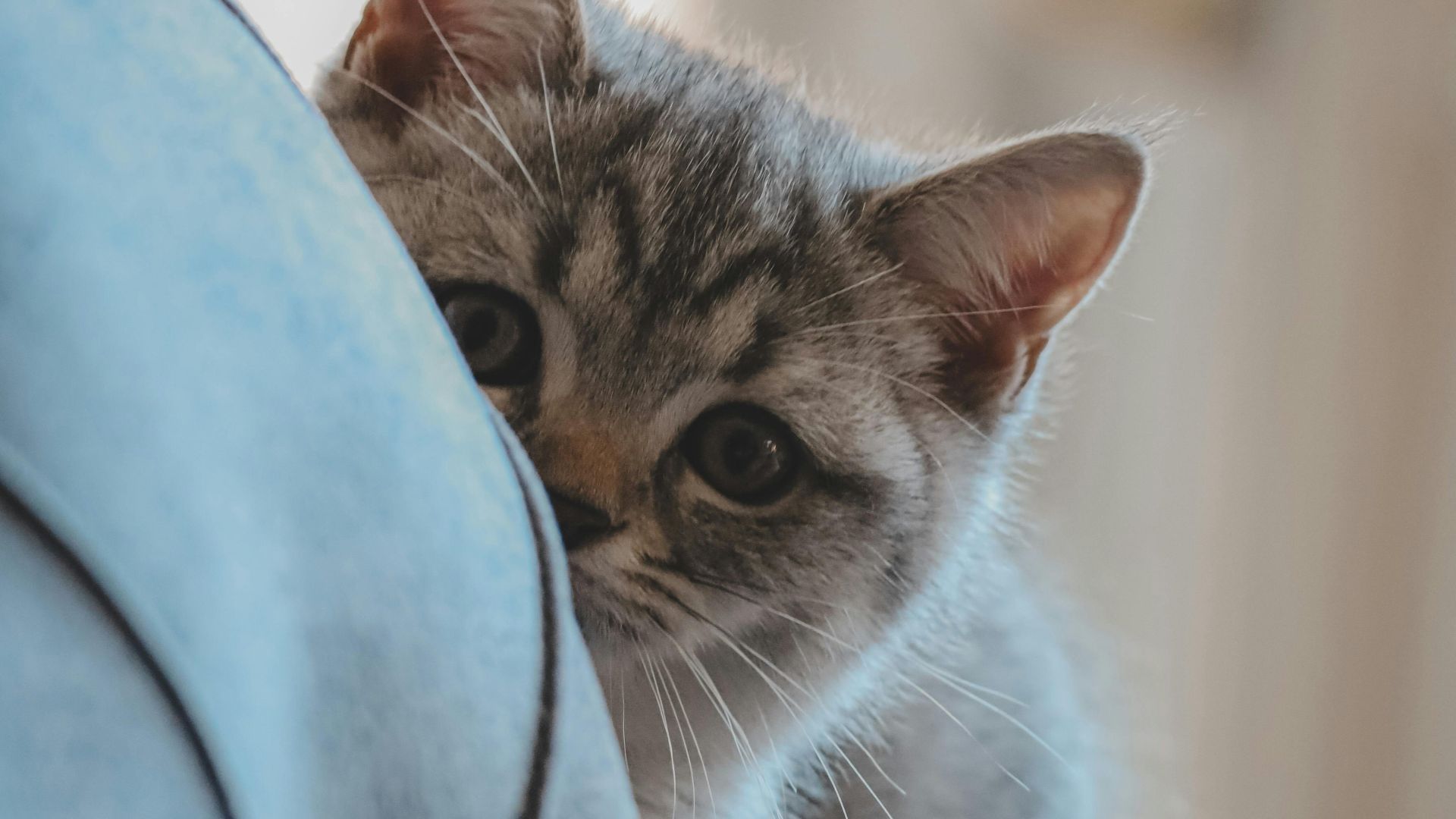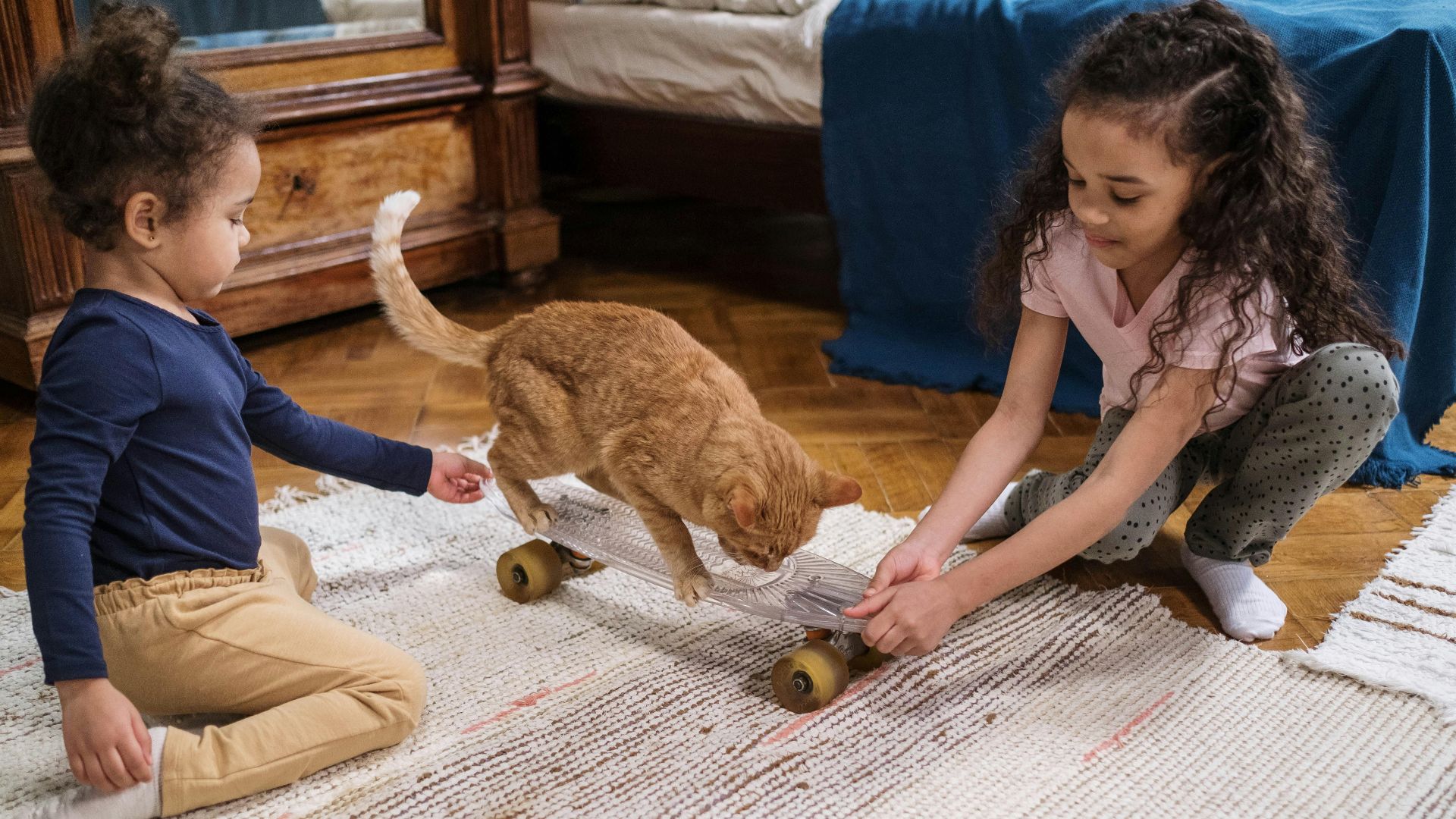It Takes Time and Strategy to Build Trust
You might have seen pets often get excited around children—which may, in turn, cause kids to feel scared. This happens because they don't yet understand each other. It's up to you to step in and create safe, positive interactions that build trust. With the right approach, pets become loving companions, and kids learn respect and empathy. Here's how to make it happen.
1. Start with Calm Energy
The best first meets happen when everyone's relaxed. Have the kids sit quietly before meeting the pet rather than running up to them with excitement. Let the pet choose when to come over. This gives them control and helps them feel safe. When the child and the pet are calm, they're much more likely to form a positive connection.
2. Supervise All Interactions
Never leave children and pets alone during introductions. Even the gentlest animal can feel overwhelmed, and kids may unknowingly cross boundaries—by hugging tightly, for example. Stay close to guide interactions and show the child how to gently touch or talk to your pet.
3. Teach Basic Pet Signals
Help the child understand how pets communicate. For example, a moving tail isn't always happy, and a cat swishing its tail often signals discomfort. Teaching kids these simple cues builds their awareness and helps them interact thoughtfully with the pet.
4. Reward Good Behavior
Positive reinforcement works wonders for both kids and pets. When the pet remains calm or engages gently, offer praise or a small treat. If you feel it's safe to do so, let the kid they are bonding with offer the treat. Similarly, compliment the child for being gentle. You will make them feel good and continue this behavior.
5. Keep Initial Meetings Short
Limit the first meeting to a few minutes. Overexposure can overwhelm pets or children, leading to stress. Gradually extend the time they spend together as their comfort grows. Building the bond slowly ensures a more relaxed relationship.
6. Set Clear Rules for Kids
Make simple guidelines for the child, like not pulling tails, grabbing paws, or shouting near the pet. Reiterate that pets aren't toys but living beings with feelings. Clear boundaries create a safe and respectful space for the pet, as they won't feel threatened this way.
7. Choose the Right Environment
Select a neutral space, especially for territorial pets. Meeting in a quiet, distraction-free space or yard minimizes stress and prevents the pet from feeling threatened. A controlled setting around their loved ones or parents makes getting to know each other smoother.
8. Use a Leash or Carrier if Needed
For dogs, a leash ensures you have control during the introduction. Even if things go out of hand, you have control. For cats or smaller pets, a carrier offers a safe space to observe the child without direct contact. This step is particularly helpful for nervous or reactive pets.
9. Allow Time for Adjustment
All relationships take time. A shy pet might need multiple meetings before feeling at ease, and kids may need reminders to watch out. Both may mean no harm, but their shared joy can go over the top. Be patient and let the bond develop naturally without rushing the process.
10. Let Them Take The Lead
Involve the child in simple tasks with your pet, like playing fetch, holding the leash, gently brushing fur, or maybe even putting down the food bowl. These activities teach responsibility while building trust and respect between children and their pets. Continue to supervise closely.


